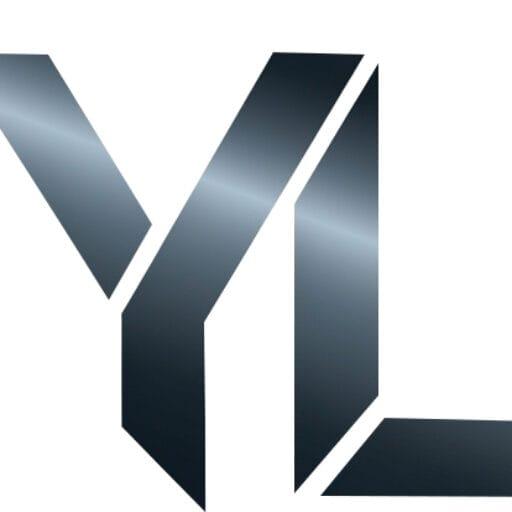Defining clear appearance standards for CNC parts is a collaborative process that prevents subjective quality disputes. The goal is to establish objective, measurable, and documented visual acceptance criteria before production begins.
This process starts with specifying critical cosmetic attributes on your technical drawings. Key parameters include maximum allowable scratch sizes, locations of acceptable tooling marks, and required surface finish (e.g., Ra 1.6 μm). For finished parts, color consistency and anodizing uniformity are also crucial.
The most effective method is creating a “golden sample” or a limit board that provides physical examples of both acceptable and unacceptable defects. This sample becomes the definitive reference for quality inspection, ensuring both the client and the manufacturer are perfectly aligned on the required manufacturing standards for the final product.
Pros and Cons of Defining Strict Appearance Standards:
- Pros: Ensures consistent, high-quality aesthetics, which is vital for consumer-facing products. It minimizes ambiguity and potential conflicts with suppliers, protecting brand reputation.
- Cons: Can significantly increase the cost and lead time of CNC machining due to more intensive labor, special handling, and higher rejection rates. Over-specifying cosmetics for non-visible internal components is an unnecessary expense.
